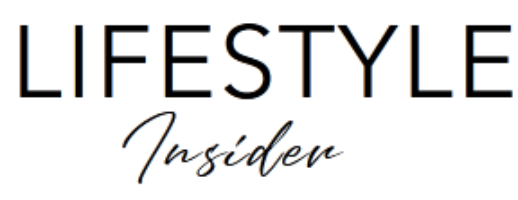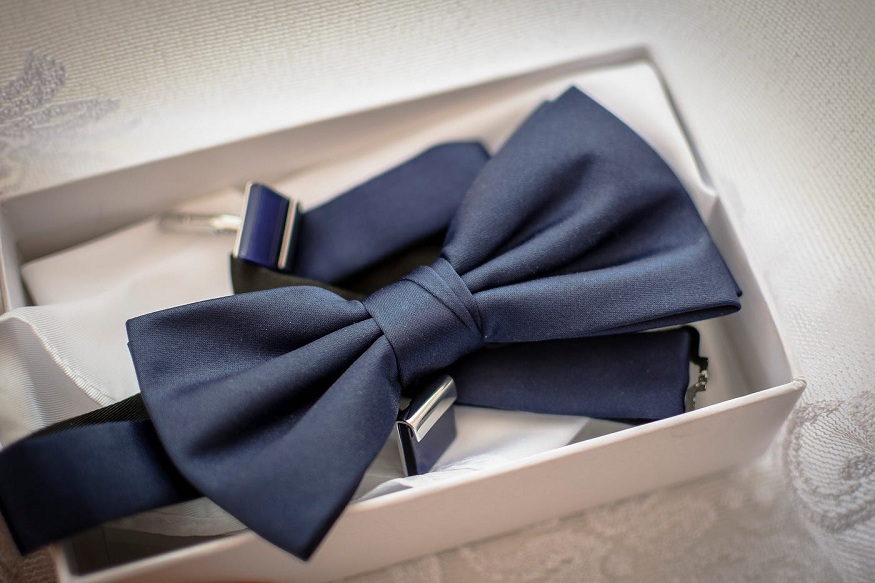The bow tie, that refined accessory often associated with galas and red carpet events, is experiencing a new era of popularity. A symbol of elegance and distinction, it stands out for its ability to instantly transform an ordinary outfit into an expression of personal and sophisticated style. In this article, we will delve into the fascinating world of the bow tie, exploring its rich history, stylistic varieties, manufacturing materials, as well as the personalities who have adopted it. We will also answer frequently asked questions about this iconic accessory and discover some unique anecdotes. Whether you are a regular at formal events or simply curious to diversify your style, this guide will provide you with all the keys to incorporating the bow tie into your wardrobe with confidence and originality.
The journey through the ages of an iconic accessory
The bow tie dates back to the 17th century, when it was part of the uniform of Croatian mercenaries during the Thirty Years’ War in France. These soldiers wore scarves around their necks to fasten the top of their shirts, a practice that caught the attention of the court of Louis XIV. Quickly adopted by the French aristocracy under the name “cravate”, it evolved over the centuries to become the bow tie we know today. In the 19th century, with the emergence of the tuxedo, the bow tie became an essential element of evening wear. However, it was not until the 20th century that figures such as Winston Churchill and Fred Astaire made it a symbol of their personal style, influencing generations. Today, the bow tie comes in a multitude of shapes and fabrics, reflecting both tradition and modernity, and is more than ever a versatile fashion accessory.
How to choose and match this timeless accessory
The bow tie isn’t just for formal occasions; it can also be a bold addition to more casual outfits. Styles range from the traditional black silk bow tie, perfect for gala evenings, to bold and colorful patterns that are suitable for weddings, parties, or even everyday wear. The choice of bow tie should match the occasion as well as the wearer’s personality. For example, a polka dot or plaid bow tie can add a touch of originality to a sober suit for a semi-formal event. For those looking to stand out, opting for unexpected textures like velvet or linen can make all the difference. Additionally, wearing a bow tie is no longer exclusive to men; more and more women are adopting it for a chic androgynous look.
Bow tie
An overview of the preferred techniques and textiles
Bow tie making is an art that requires precision and creativity. Traditionally handcrafted, high-quality bow ties are often made from silk, wool, cotton, or even more exotic materials like leather. Silk remains the preferred choice for formal events due to its natural sheen and soft texture. Manufacturing techniques also vary, with some craftsmen preferring traditional folding and sewing methods, while others experiment with digital printing and laser cutting to create more intricate and personalized designs. The choice of materials and manufacturing techniques not only influences the appearance but also the comfort and durability of the bow tie, making each piece a unique reflection of its creator’s craftsmanship.
Tips for integrating this accessory with style and elegance
Wearing a bow tie is a style statement that requires confidence and a certain finesse in putting together the outfit. For formal events, a black or white silk bow tie is a safe bet with a tuxedo. For less formal occasions, a patterned bow tie can be paired with a solid shirt to avoid visual overload. The bow tie is also very versatile when it comes to layering: it pairs perfectly with a vest, a suit jacket or even a crew neck sweater for a preppy look. For those who want to stay on trend, pairing a bow tie with a button-down shirt can provide a modern and elegant contrast. No matter how it is worn, the bow tie remains a symbol of refinement and individuality.
Icons and famous moments associated with this chic accessory
Over the years, many public figures have adopted the bow tie, making it an emblem of their personal style. From political figures like Winston Churchill to iconic actors like Charlie Chaplin and modern ones like Ryan Gosling, the bow tie has often been chosen for its distinctive elegance and charm. In the world of music, artists like André 3000 and Pharrell Williams have also shown a predilection for this accessory, often in bright colors and bold patterns that reflect their artistic personality. Cinema is not far behind, with films like “James Bond” where Sean Connery and his successors wear the bow tie as a symbol of sophistication and danger. These examples illustrate how the bow tie transcends eras and professions, each time marking a notable style moment.


